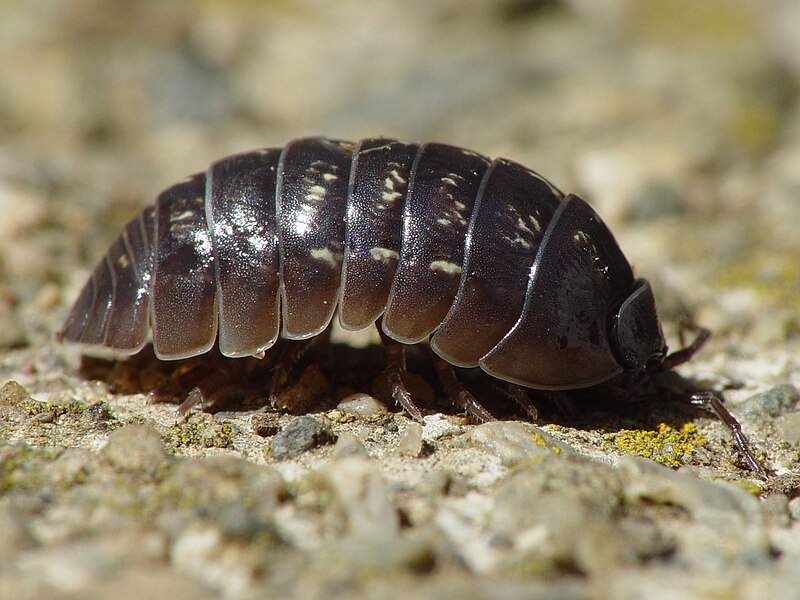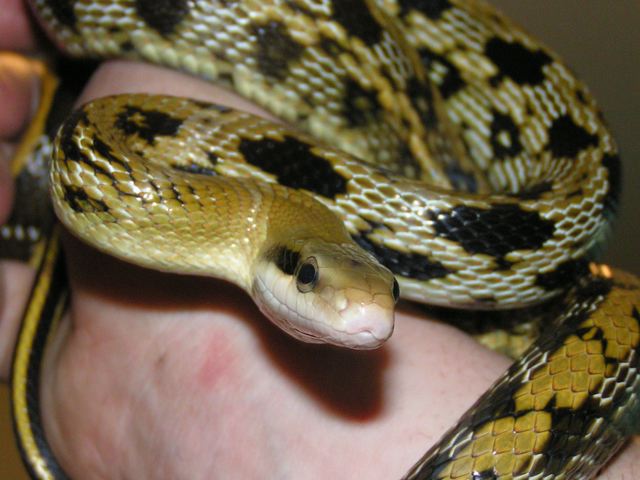 Isopods, more commonly known as sowbugs, pillbugs or potato bugs, are a valuable but largely neglected food source for pet amphibians and reptiles. The over 10,000 described species are common in most habitats worldwide, and are therefore an important in the diets many creatures. Ranging in size from .02 to 20 inches, there is an isopod to fit every feeding need (public aquariums pay $600 or more each for giant, deep-sea forms, so don’t plan on feeding these to your monitor lizards!).
Isopods, more commonly known as sowbugs, pillbugs or potato bugs, are a valuable but largely neglected food source for pet amphibians and reptiles. The over 10,000 described species are common in most habitats worldwide, and are therefore an important in the diets many creatures. Ranging in size from .02 to 20 inches, there is an isopod to fit every feeding need (public aquariums pay $600 or more each for giant, deep-sea forms, so don’t plan on feeding these to your monitor lizards!).
Nutritious, Interesting Scavengers
Isopods are crustaceans, and as such provide a variety of nutrients not to be found in insects. Another thing I like about using them has to do with their appetites – they will eat anything, so by feeding them a rich and varied diet you are improving their value as food items for your pets. Furthermore, native sowbugs and pillbugs will live in most terrariums and are valuable scavengers, relishing dead earthworms, crickets and feces. I always include a group in naturalistic habitats that I design for zoos and museums. Finally, they are very interesting to observe in their own right. They do contain quite a bit of chitin, so are not suitable as the sole item in a diet.
Obtaining Isopods
Temperate isopods prefer cool, moist environments, and so are most easily found in spring and fall. You can collect them below rocks and leaf litter. They will also flock to cover such as boards placed on the ground, especially if the area is kept moist and baited with coffee grounds or ripe fruit. Biological supply houses also sell starter cultures.
Keeping and Breeding Isopods
Keep your colony in a vented plastic container with 3-4 inches of R-Zilla Coconut Husk as a substrate. Plastic terrariums by Lee, Tom Aquarium, Hagen and PLA House make ideal isopod homes. Be sure to keep the bedding moist but not wet. A covering of Zoo Med Terrarium Moss will help retain moisture and offer shelter to the isopods, making collection easier.
A mix of R-Zilla Alfalfa Meal Bedding and Tetra Min Flake Fish Food is an excellent basic diet, to which can be added grass clippings, leaf litter, coffee grounds and almost any fruit or vegetable. A cool basement makes an ideal location for the colony, but average room temperatures are fine. Be sure to keep an eye on moisture levels during hot, dry periods. A breeding colony will supply huge numbers of isopods of all sizes.
My Experience
I have always kept an isopod colony for my collection, and have used them in zoos as well. They are easy to maintain, breed readily and are, I think, one of the best-kept secrets (no more!) in herptoculture. Very few insectivorous herps refuse them, and they are readily taken by many fishes and birds as well. Be sure to try a group in your naturalistic terrariums also, as they make fine scavengers and, unlike crickets, they will not attack debilitated pets.
The University of Arizona’s Center for Insect Science Education offers a wealth of information on native invertebrates in the wild and captivity. Read more about isopods at:
http://insected.arizona.edu/isoinfo.htm
 That Reptile Blog – Reptile, Amphibian and Exotic Pet Care and Information
That Reptile Blog – Reptile, Amphibian and Exotic Pet Care and Information

 Space and Physical Requirements
Space and Physical Requirements